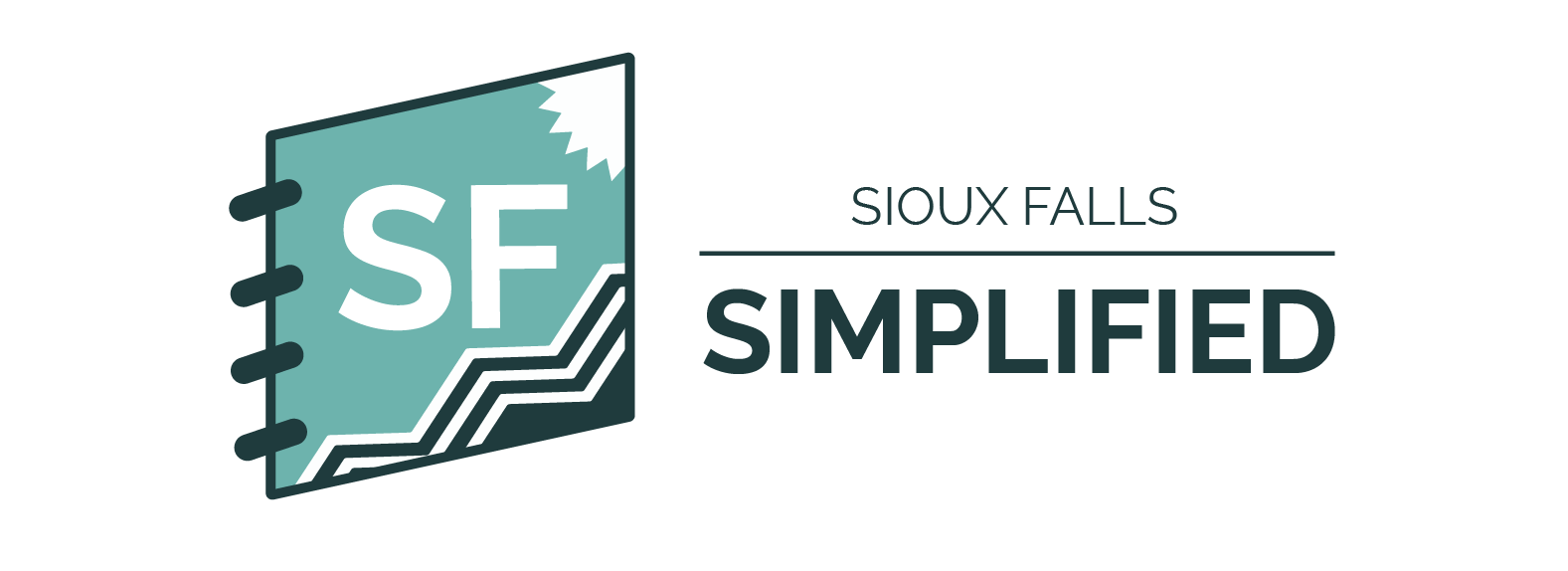Simplified: The City of Sioux Falls in 2015 made a plan to look at planning streets with a "complete streets" design – i.e. streets that take into account all modes of transportation like cars, bikes, walking and public transit. Here's a look at how that plan has been going in practice.
Why it matters
- The city formally reviewed its Complete Streets resolution this year for the first time since 2016, and the Active Transportation Board is expected to get a first look at that report this week.
- The report shows that the Complete Streets checklist – part of the recommendations put forward in the original resolution – has been used by the city 90 times since 2015.
- About one-third of the time, Complete Streets elements were added to the original design after the checklist review, but slightly more often (42 of the 90 reviews) the review led to little or no changes, according to the report, which was compiled by the city health, planning and public works departments.
"It was great to see that the city has implemented it, and that we are starting to include and document where we’re adding Complete Streets elements," Urban Planner Fletcher Lacock said. "But it also shows that we have a long way to go before we’ve created the safest streets for all users."
What exactly goes into a 'complete street'?
The city has a checklist of elements a street needs in order to be considered "complete," i.e. safe for all who use it.
- This includes bike lanes, crosswalks, sidewalks, curb bump-outs and bus shelters. It also takes into consideration landscaping along the streets, ADA accessibility, lighting and buffers between the sidewalks and the roadway.
What are some examples of changes to Sioux Falls streets?
The Complete Streets resolution has led to changes like the "sharrows" painted on downtown roads to let drivers know to share the lane with cyclists.
- Changes also include the traffic circles on Ninth Street to slow traffic, as well as the 15th Street bicycle boulevard.
What happens next?
The Active Transportation Board will take a look at the report reviewing Complete Streets and get to work on a possible "Complete Streets 2.0" resolution for the future, Lacock said.
- This will likely include recommending changes to the city's engineering design standards, ordinances for new subdivisions to promote slow, safe driving and pedestrian safety, and prioritizing funding for both pedestrian and bicycle infrastructure, Lacock said.
And he sees the new Active Transportation Board playing a big role in getting work going on any of these future changes.
"We have avenues (for residents) to get a voice to City Council and really make an impact on our community as far as advocating," Lacock said.

